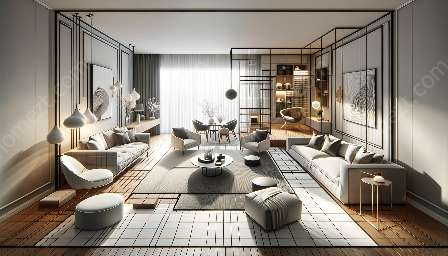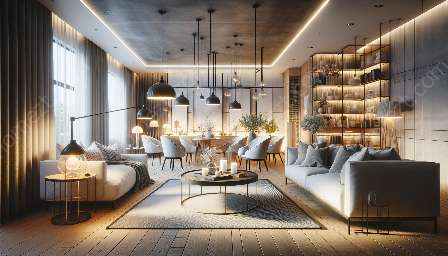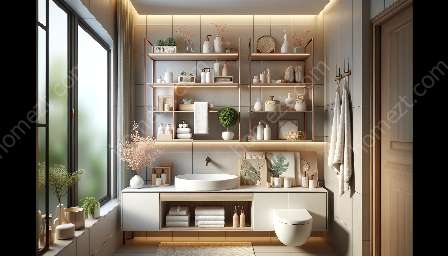Store atmosphere plays a crucial role in shaping the overall shopping experience for customers. It encompasses various elements such as store layout, design, and overall ambiance that work together to influence consumer behavior and ultimately impact retail trade.
Understanding Store Atmosphere
The concept of store atmosphere refers to the overall sensory experience that customers encounter when they visit a retail establishment. It includes the physical environment, interior design, music, lighting, and even the scent within the store, all of which contribute to creating a unique and memorable experience. When effectively curated, store atmosphere can deeply resonate with customers and influence their purchasing decisions.
Store Layout and Design
Store layout and design are integral components of creating an appealing store atmosphere. The way products are arranged, the flow of the store, and the use of space all contribute to the overall ambiance. A well-thought-out store layout can guide customers through the store efficiently, while an attractive design can evoke emotions and create a sense of connection with the brand.
Elements of Store Layout and Design
- Fixture Placement: Placing fixtures strategically can help direct traffic flow and highlight certain products or displays.
- Lighting: Proper lighting can enhance the overall ambiance and create a welcoming atmosphere within the store.
- Color Scheme: The choice of colors used in the store design can evoke specific emotions and influence customers' perceptions of the brand.
Impact on Retail Trade
The store atmosphere directly impacts retail trade by influencing customer behavior and purchase decisions. A well-crafted atmosphere can encourage customers to spend more time in the store, explore products, and ultimately make purchases. Moreover, a memorable store atmosphere can lead to repeat visits and customer loyalty, positively impacting the store's bottom line.
Consumer Psychology and Store Atmosphere
Understanding consumer psychology is essential in creating an effective store atmosphere. By tapping into the emotional and psychological aspects of consumer behavior, retailers can create environments that resonate with their target audience. For example, incorporating pleasant scents or calming music can create a sense of relaxation and comfort, which may lead to longer browsing and increased willingness to make a purchase.
Elements of a Captivating Store Atmosphere
Creating an attractive store atmosphere involves several key elements:
- Ambient Music: The choice of background music can significantly influence the mood and perception of the store.
- Sensory Stimuli: Engaging multiple senses through visual displays, pleasant scents, and tactile experiences can leave a lasting impression on customers.
- Comfortable Seating Areas: Providing comfortable seating encourages customers to linger longer, fostering a relaxed and unhurried shopping experience.
Conclusion
Store atmosphere, when carefully crafted and aligned with store layout and design, can have a profound impact on retail trade. By understanding the elements that contribute to an exceptional store atmosphere and leveraging consumer psychology, retailers can create compelling environments that attract and retain customers, ultimately driving business success.




